A36M
Sachs Harbour, NT, CAN
The USArray component of the NSF-funded EarthScope project ended its observational period in September 2021 and all remaining close-out tasks concluded in March 2022. Hundreds of seismic stations were transferred to other operators and continue to collect scientific observations. This USArray.org website is now in an archival state and will no longer be updated. To learn more about this project and the science it continues to enable, please view publications here: http://usarray.org/researchers/pubs and citations of the Transportable Array network DOI 10.7914/SN/TA.
To further advance geophysics support for the geophysics community, UNAVCO and IRIS are merging. The merged organization will be called EarthScope Consortium. As our science becomes more convergent, there is benefit to examining how we can support research and education as a single organization to conduct and advance cutting-edge geophysics. See our Joining Forces website for more information. The site earthscope.org will soon host the new EarthScope Consortium website.




The 2017 Alaska Transportable Array deployment is underway with 32 of the 79 installations of seismic stations still to complete. Last year's field season saw a similar number of stations installed, but this year's sites are pushing ever further into remote areas to complete the grid of 268 uniform seismic stations. Two field crews continue to work independently to reach the largely helicopter-only-accessible sites. As they hit their swing, the crews still face the occasional equipment failure, nimble logistical planning, variable weather and lodging conditions, and, of course, the ever-present mosquitos.
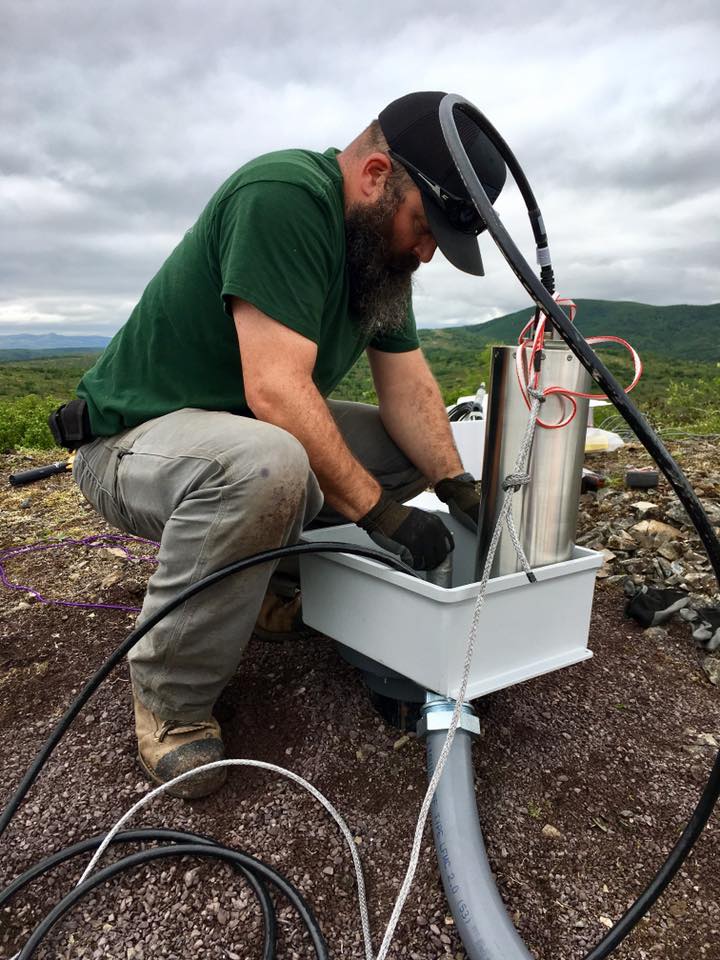
Jeremy Miner, a Field Operations Manager and the Health and Safety Officer for ATA, carefully tamps sand at the bottom of the borehole to make a nice bed for the sensitive seismic sensor before it is lowered down 2-3 meters.
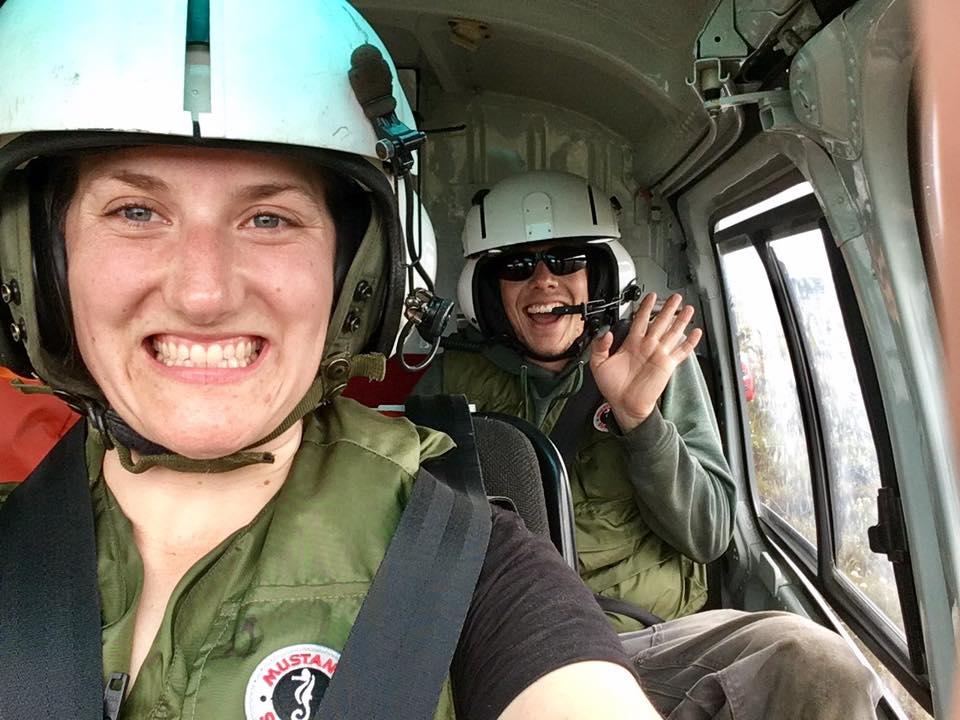
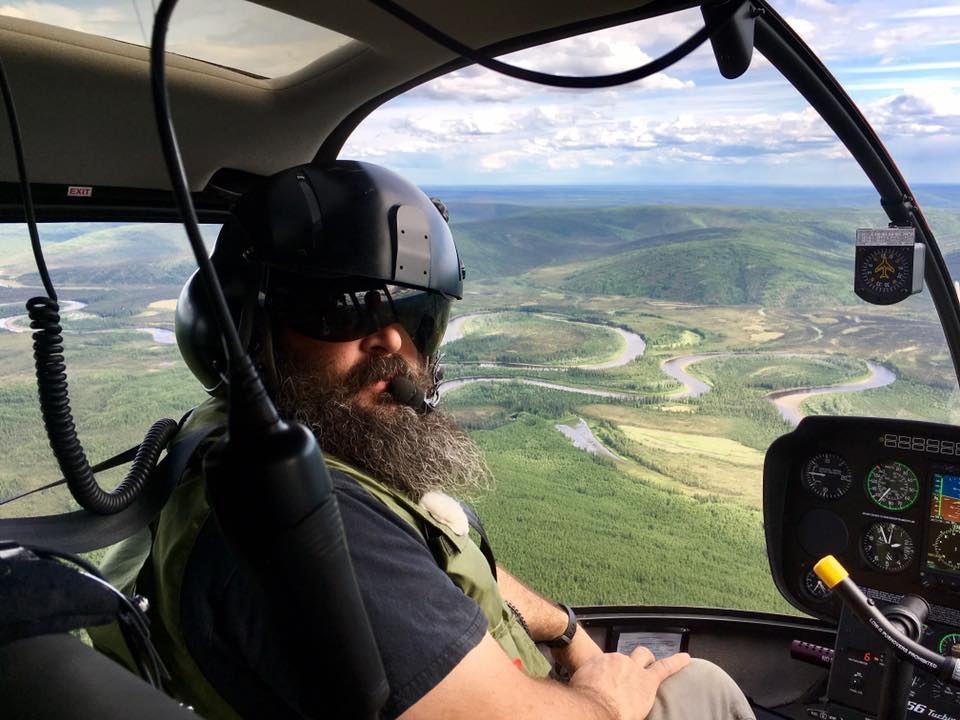
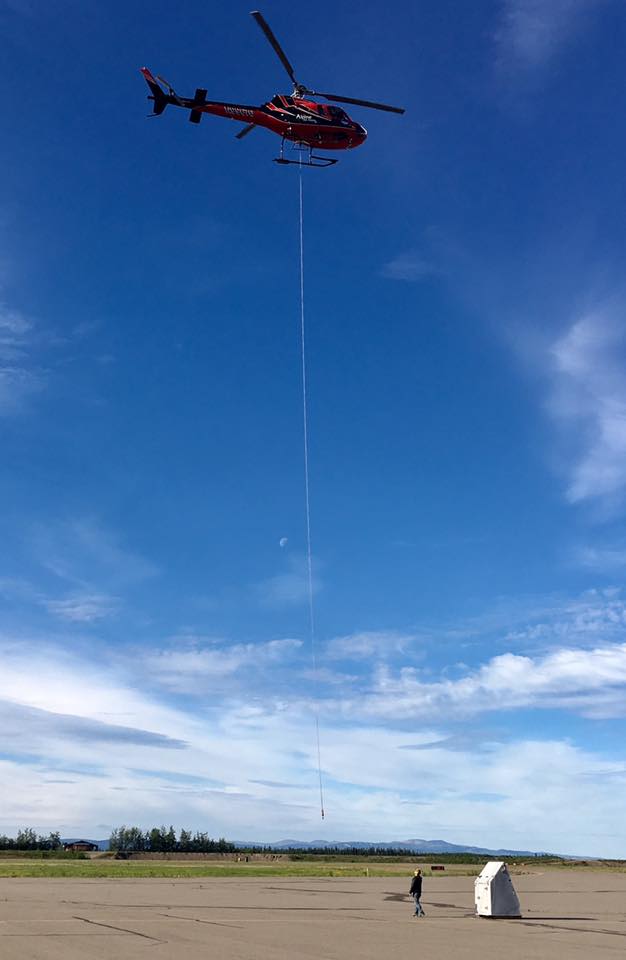
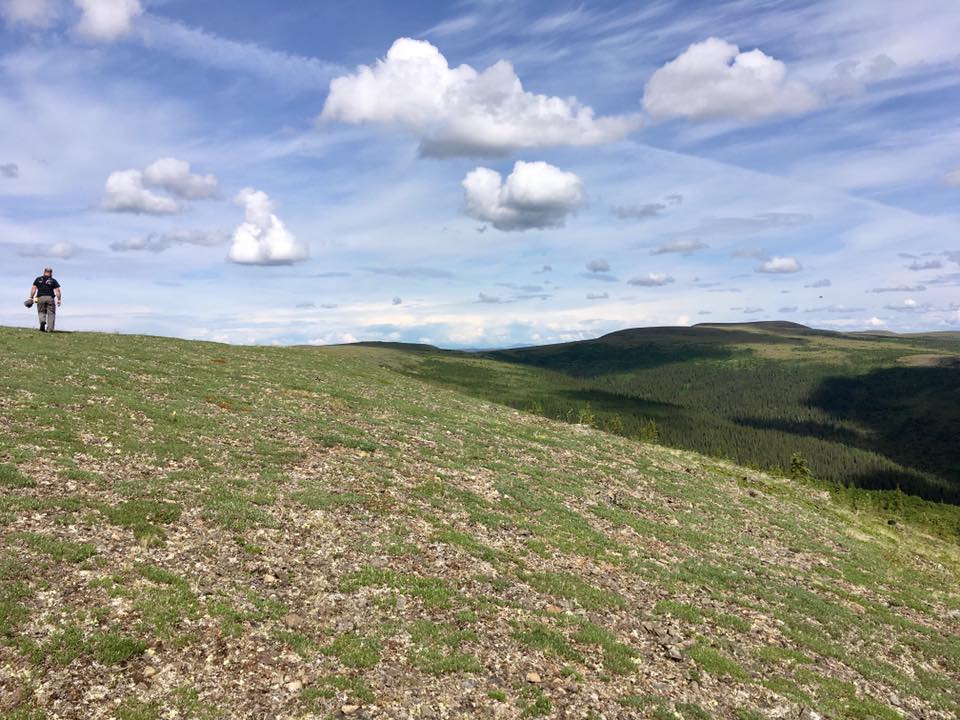
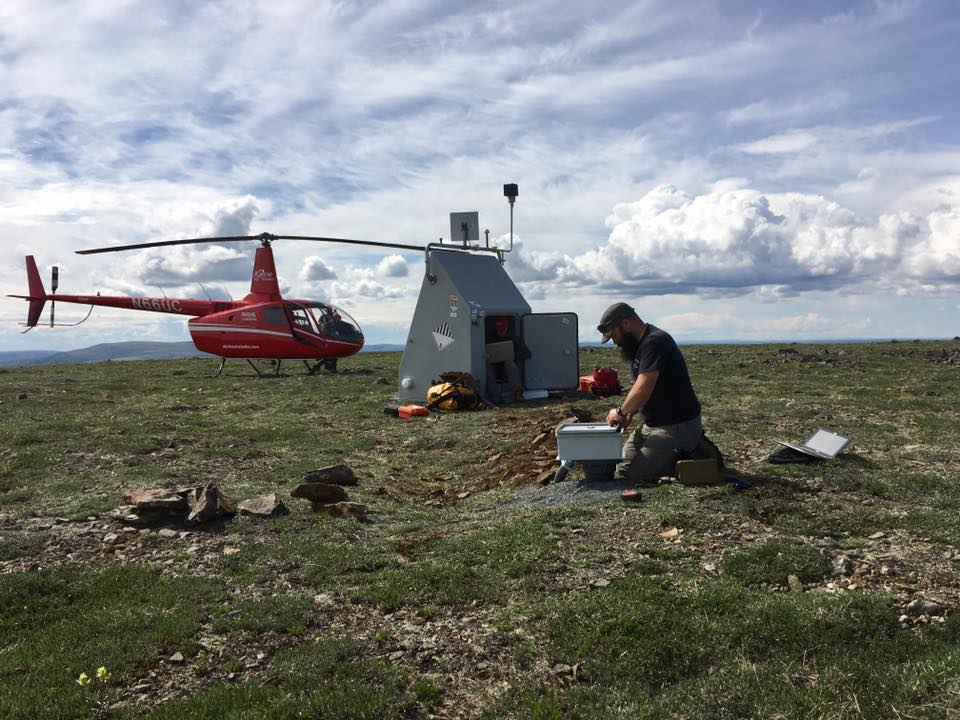
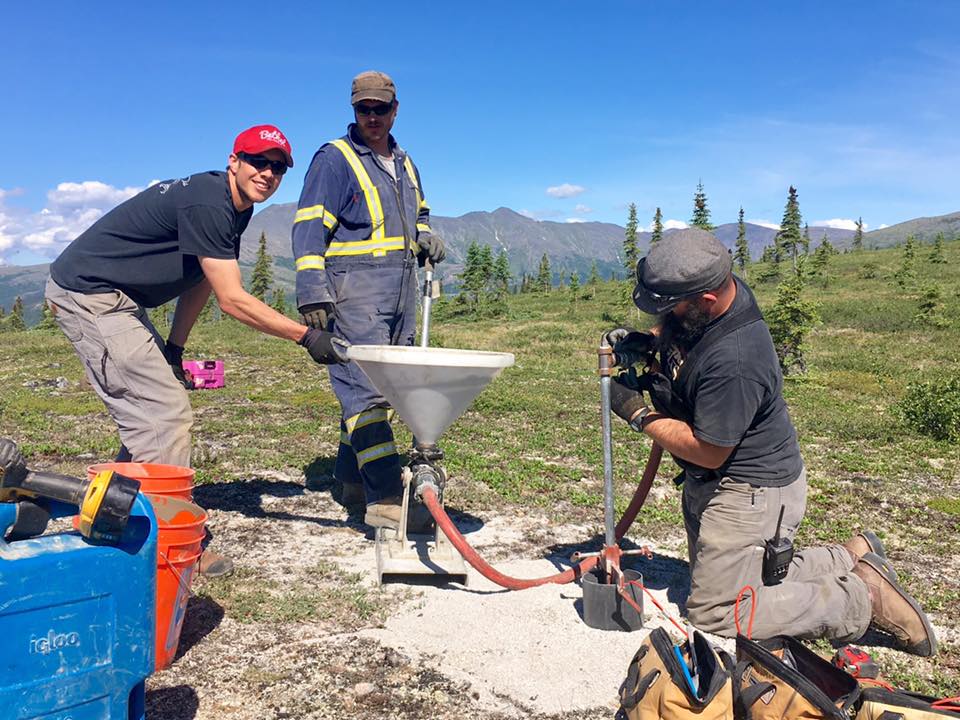
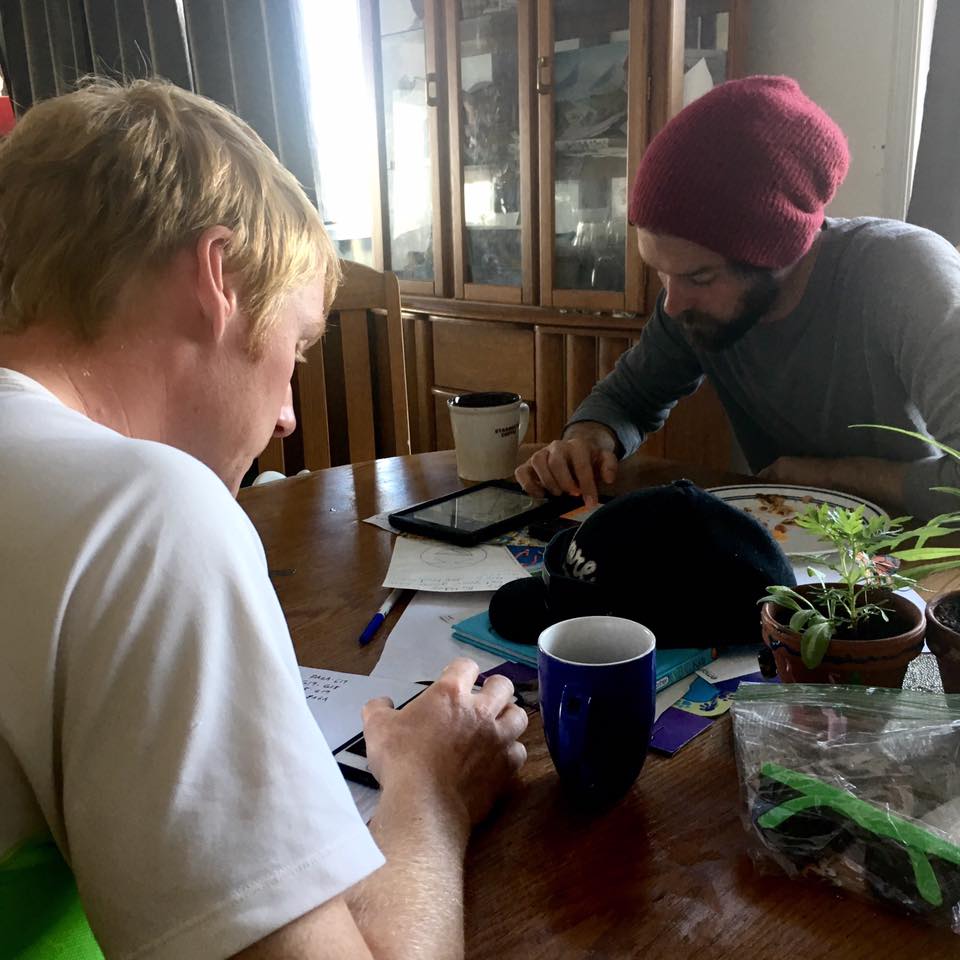
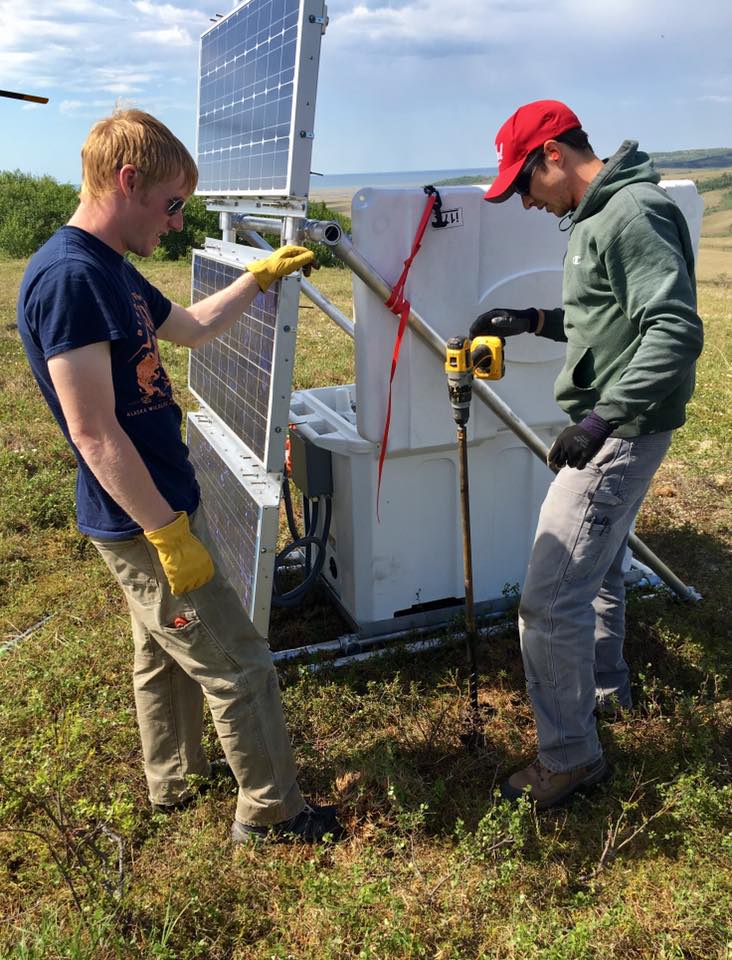
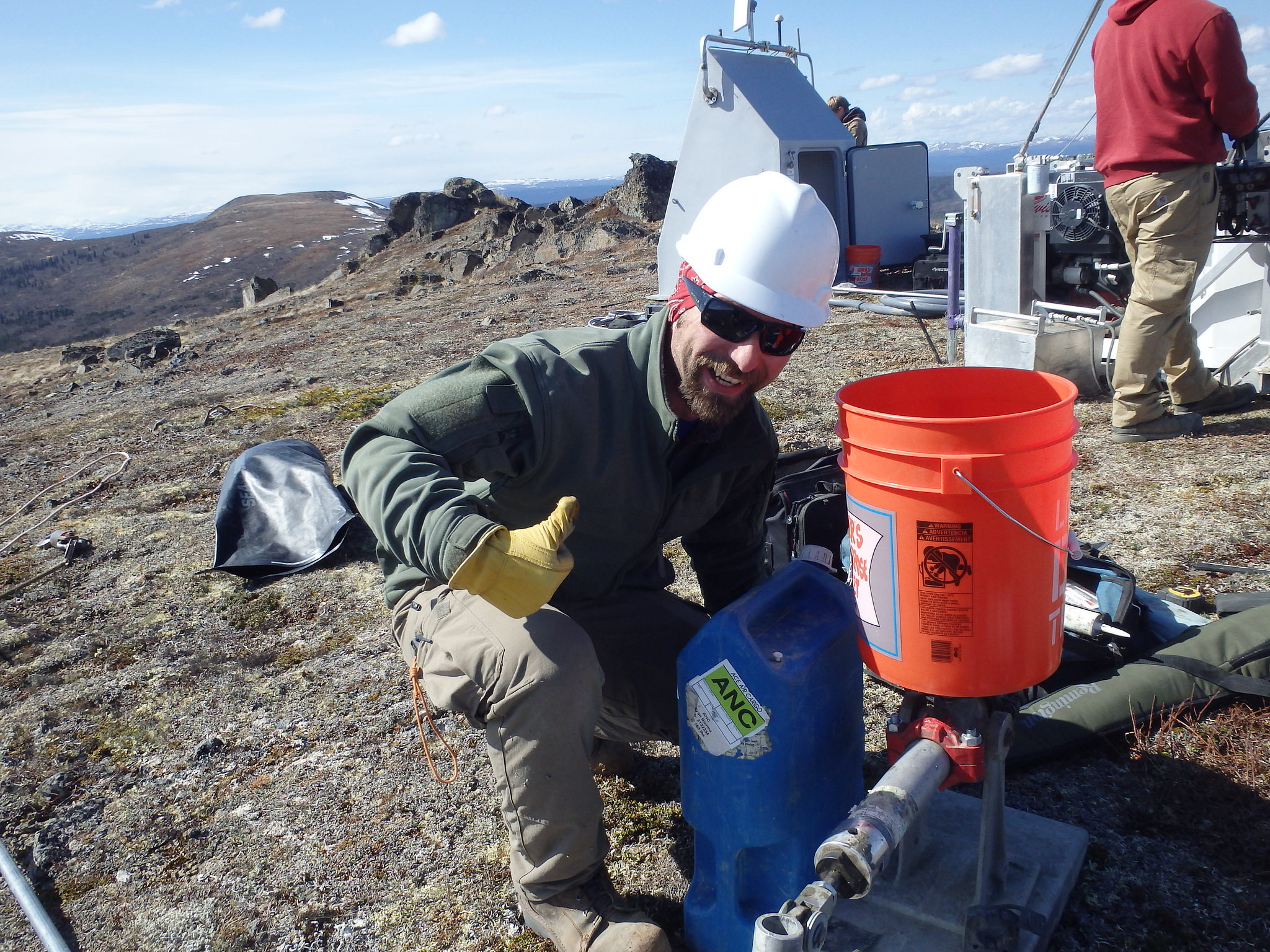
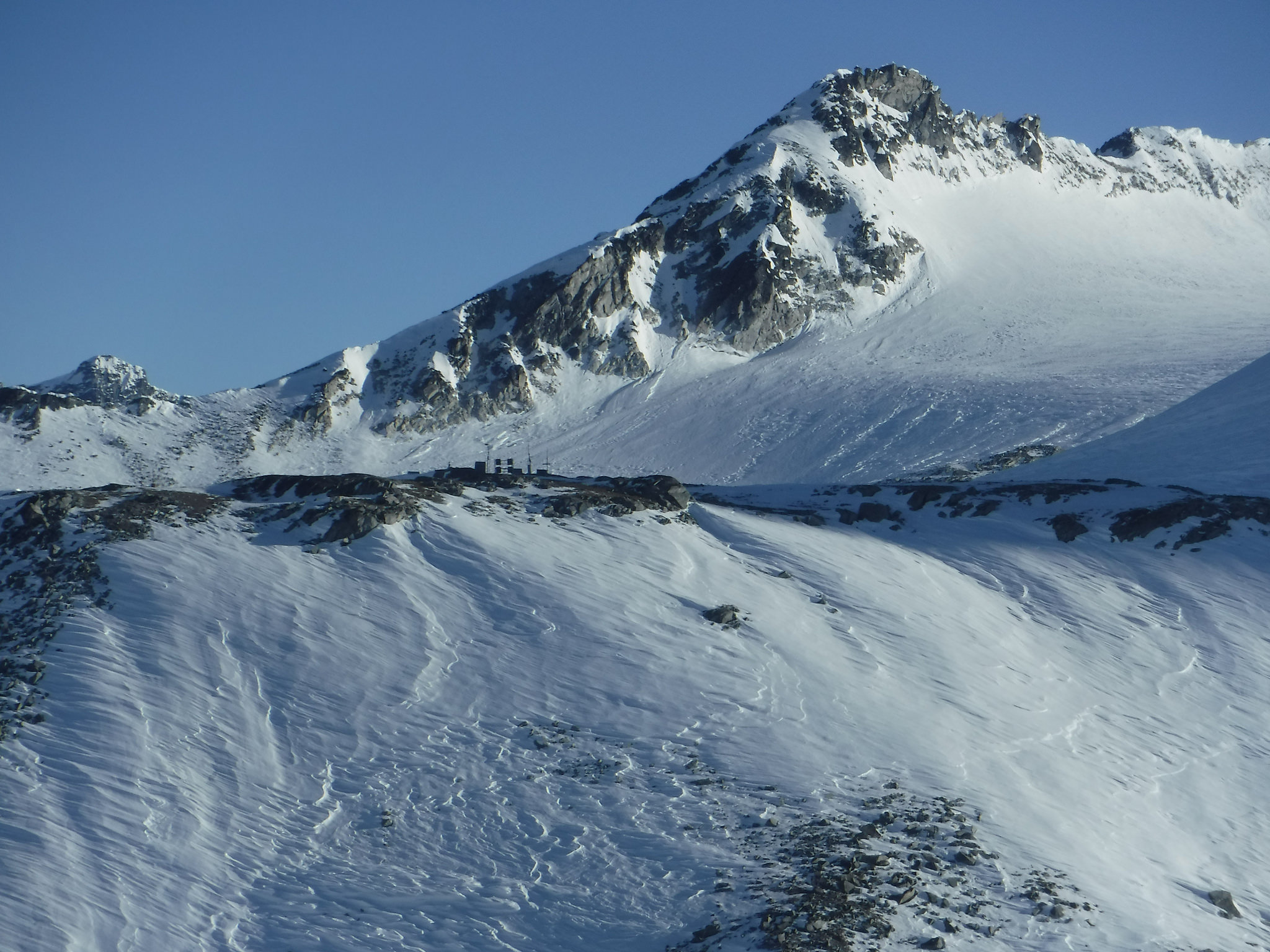
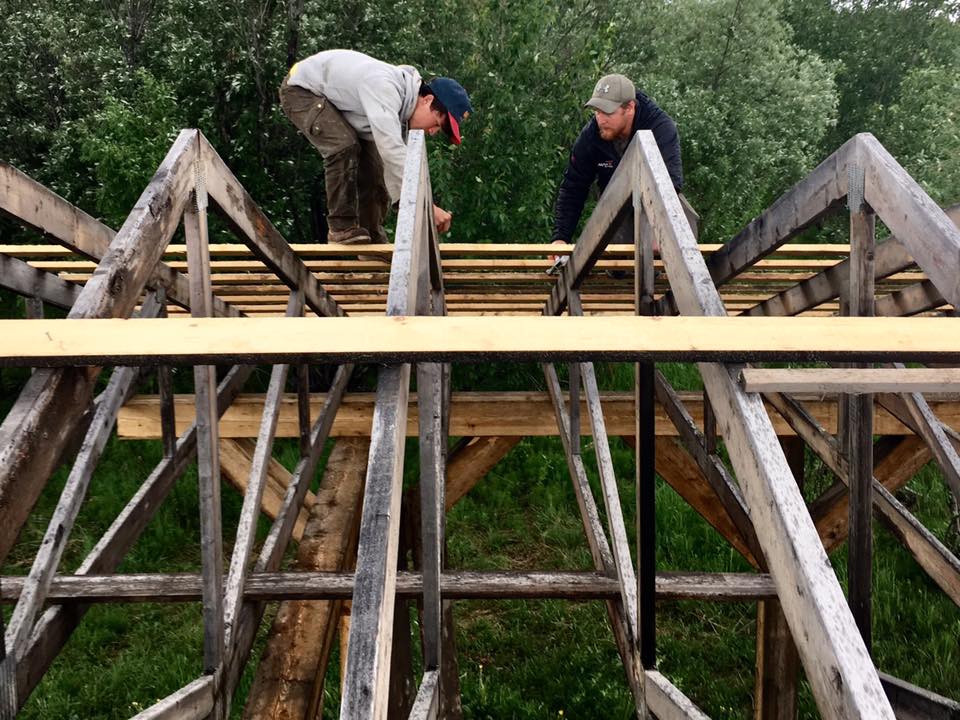
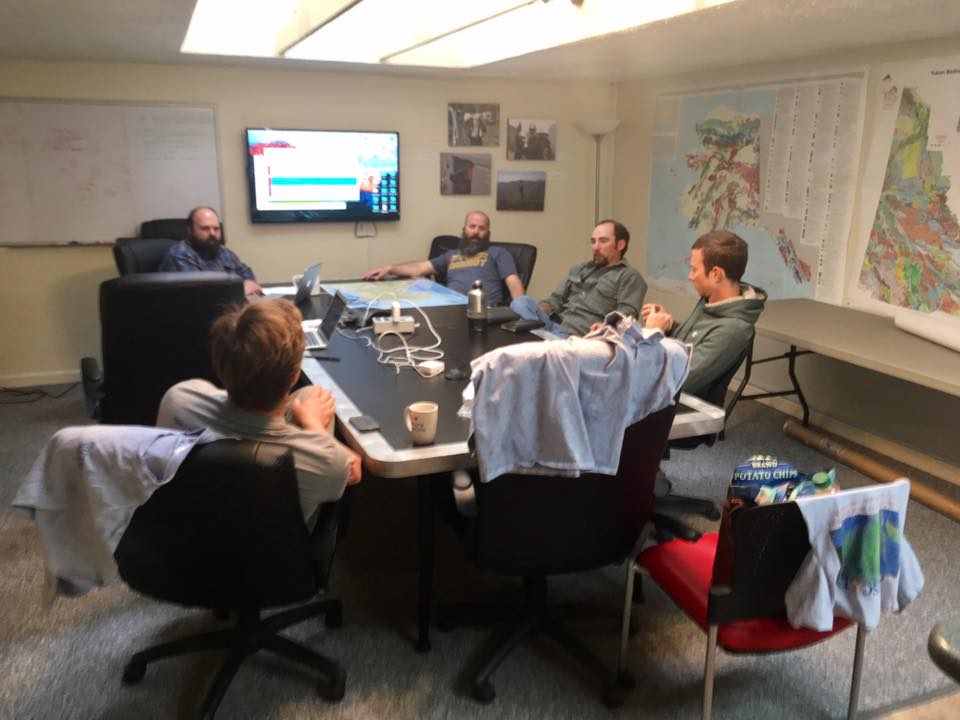
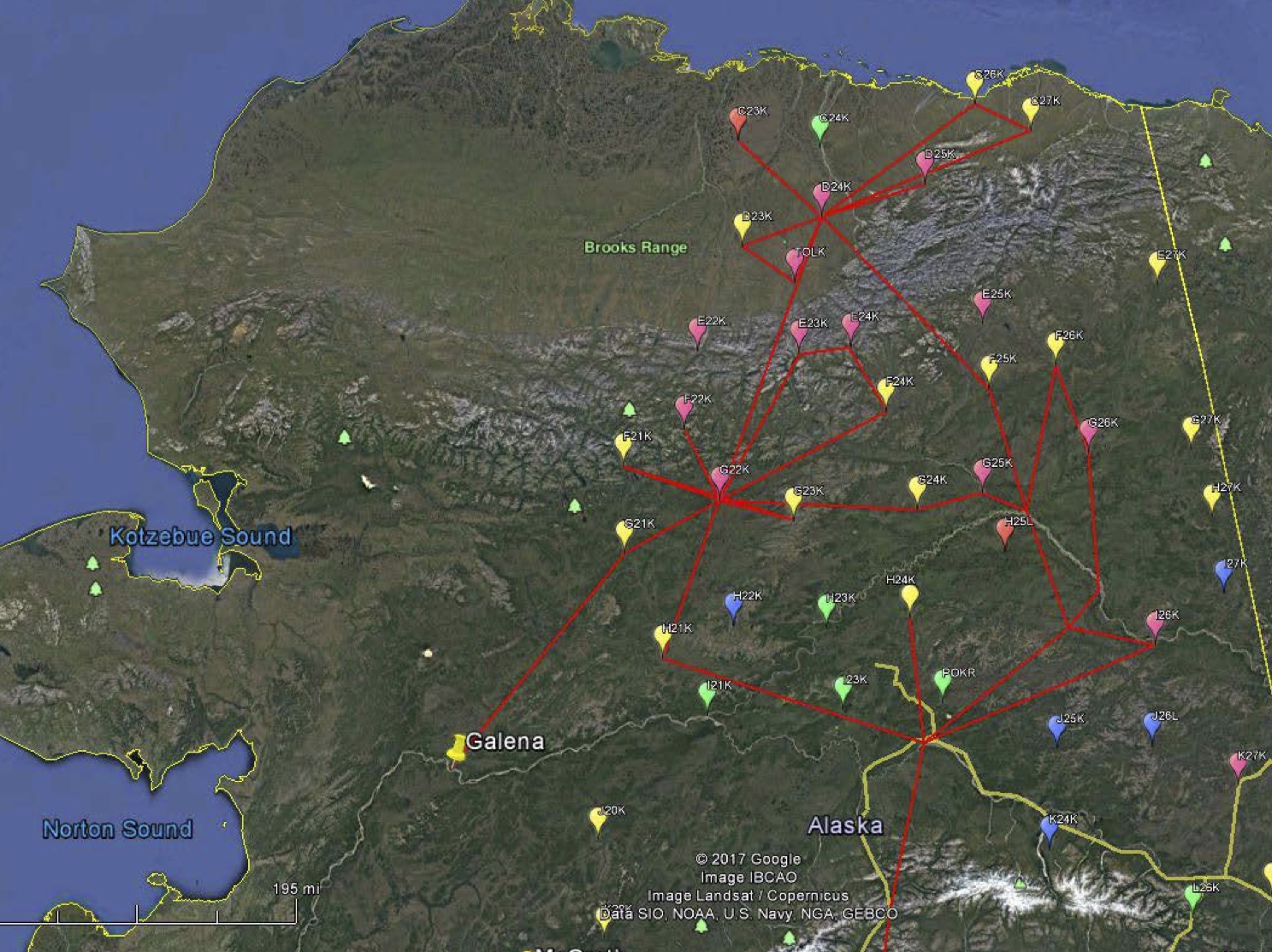
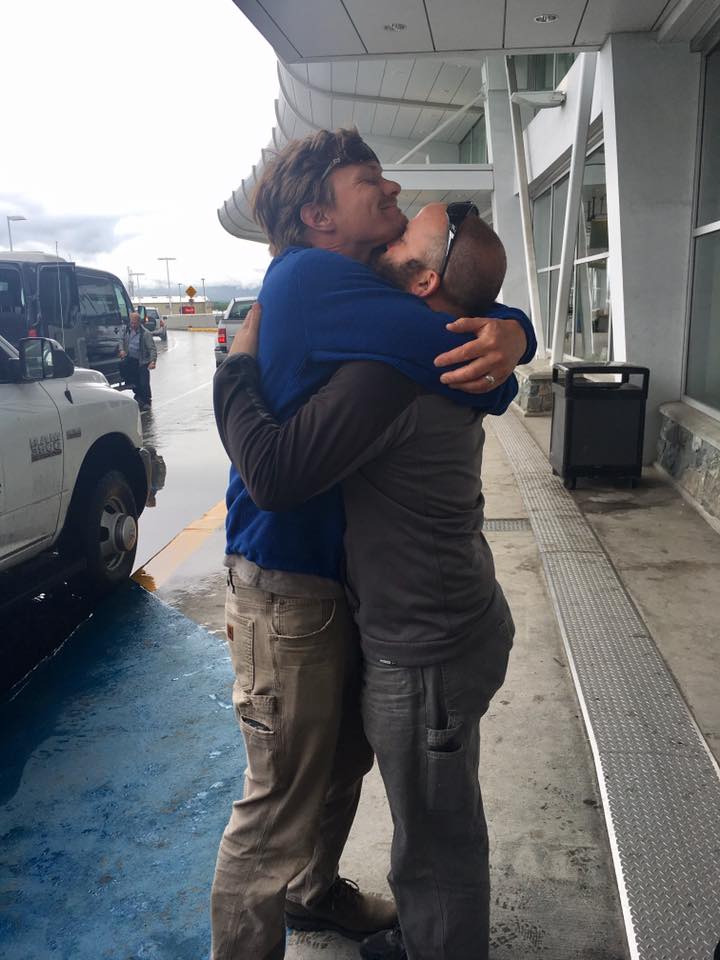

While it may look like installation gear was tossed roughly out to lodge into the marshy hillocks like brightly colored easter eggs, each piece of equipment is actually handled with great care when packing or unpacking into the helicopters.
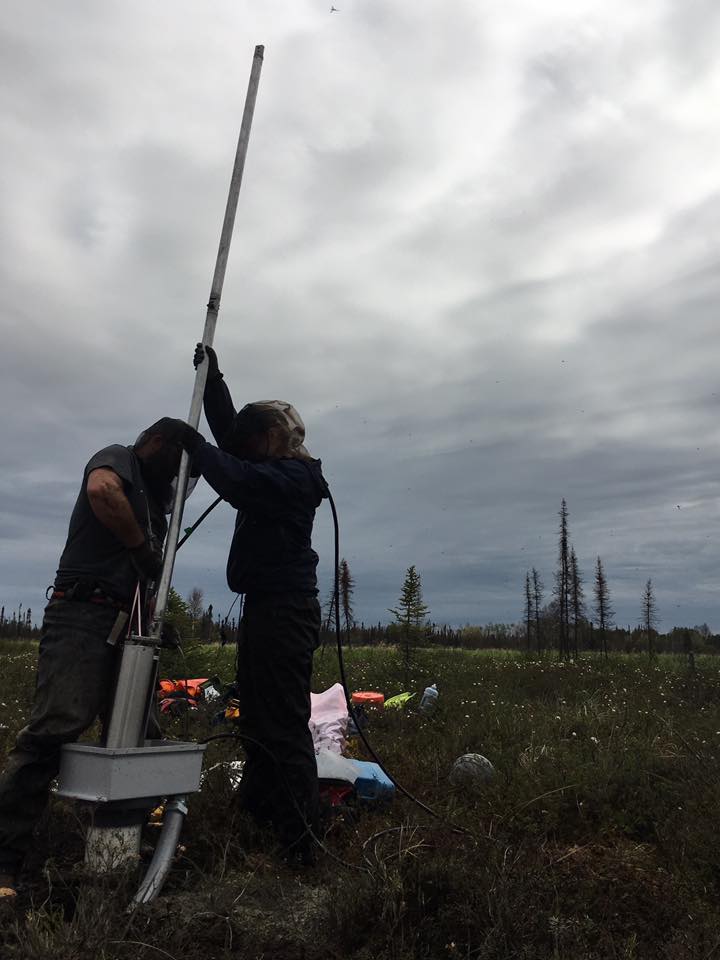

The field crews spend weeks at a time in the field, setting an efficient pace by settling into a routine on site and independently troubleshooting issues as they arise. The long hours and distance from home take their toll, but spirits are high as the seismic grid steadily fills in and previously installed stations weather another year with minimal servicing.
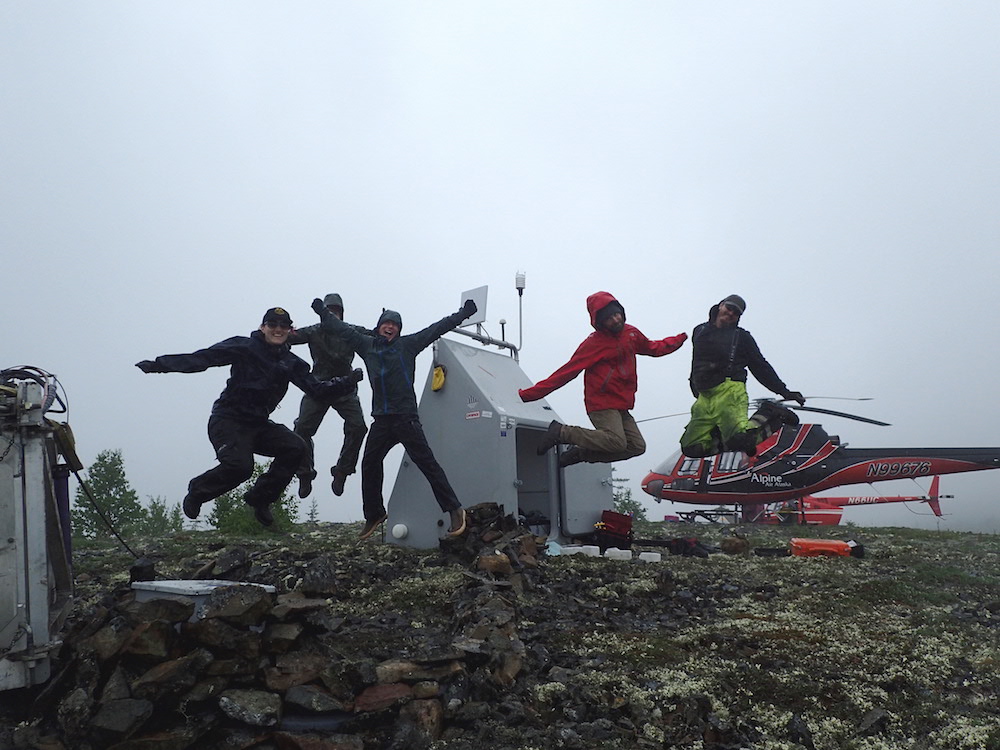
Photos above were taken by Jeremy Miner, Ryan Bierma, and Kasey Aderhold. To learn more about the Alaska Transportable Array project, please follow this link.